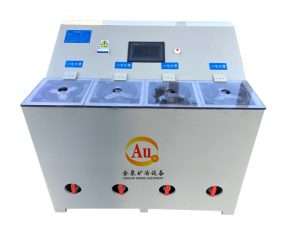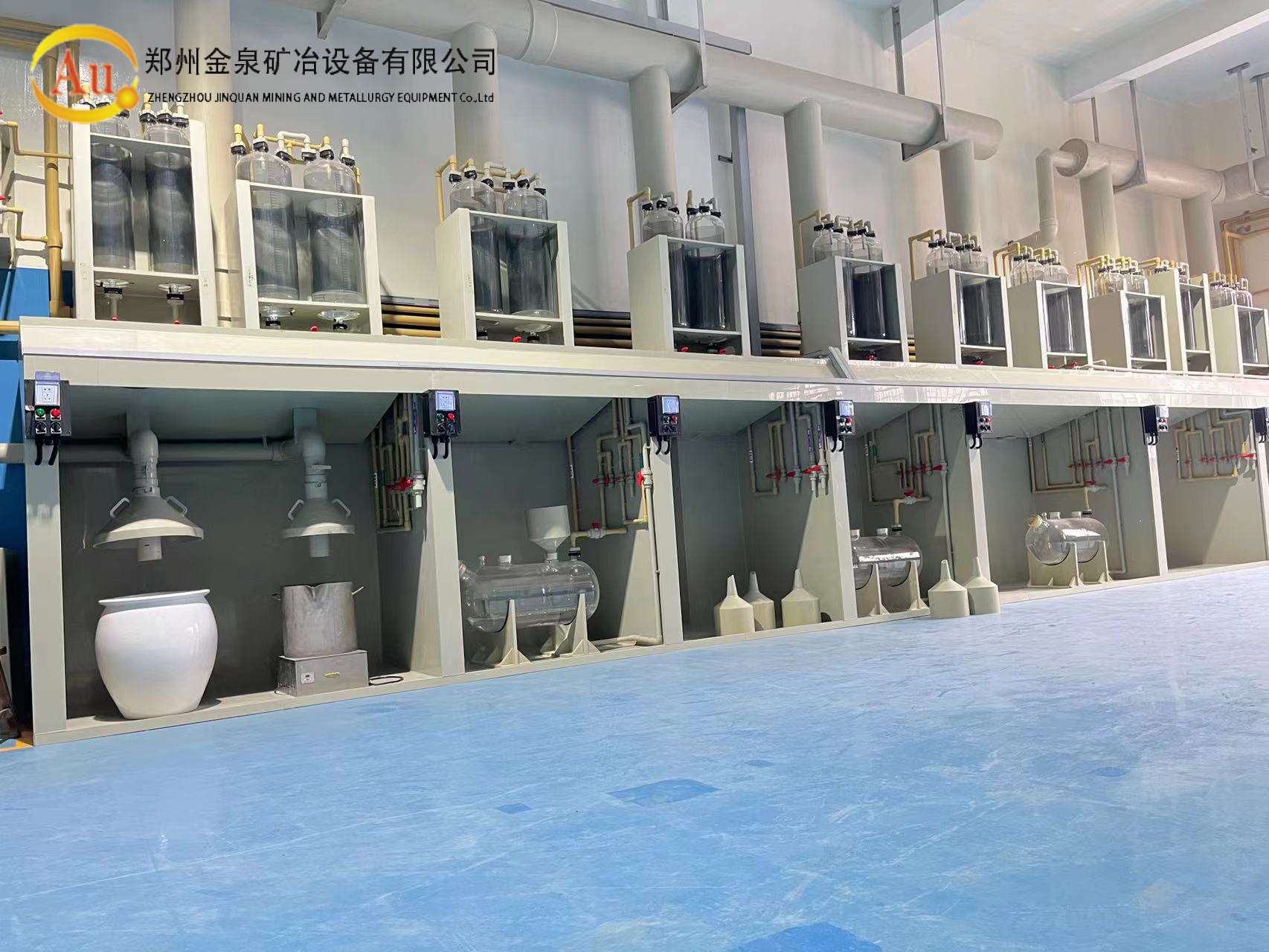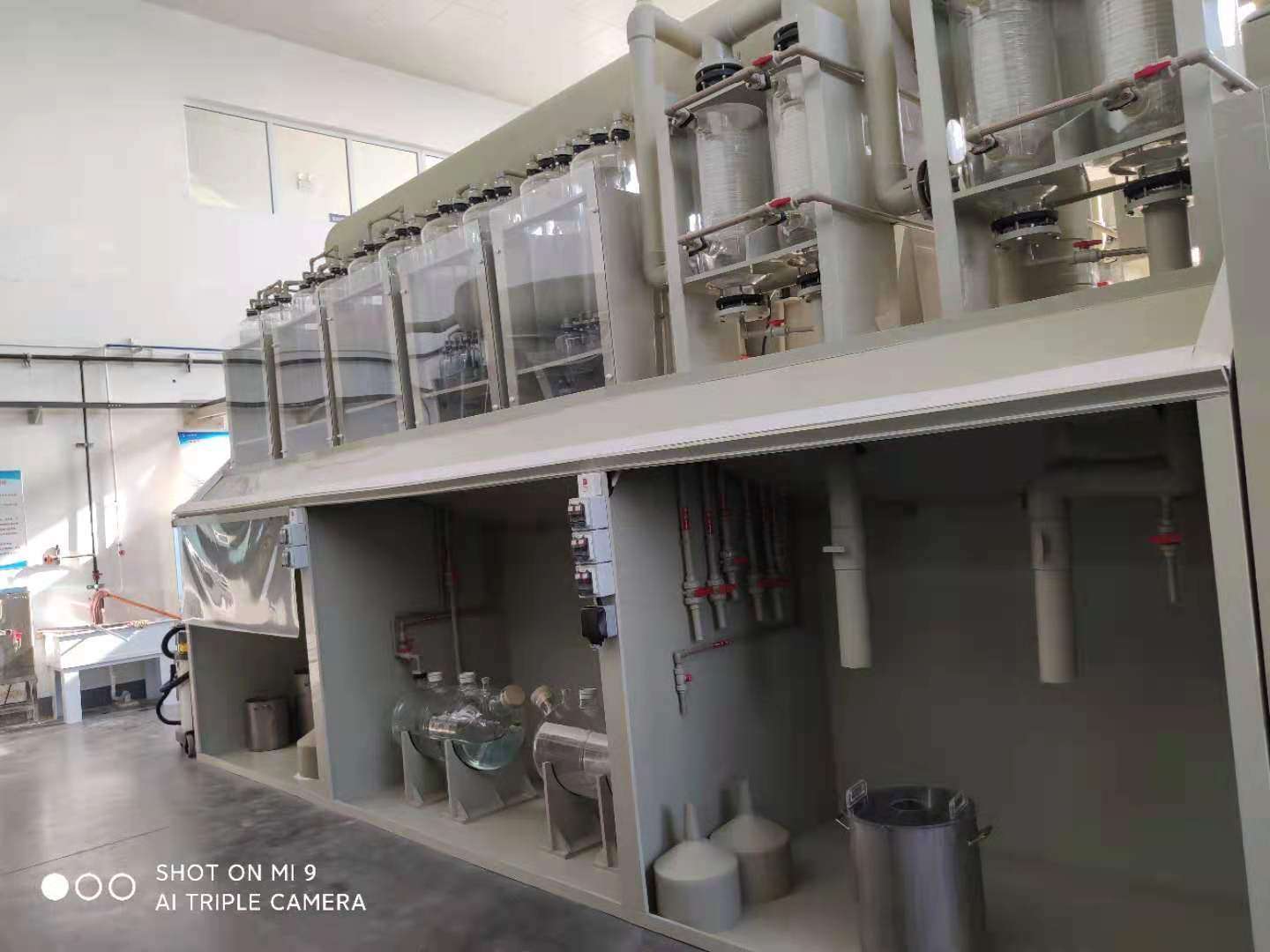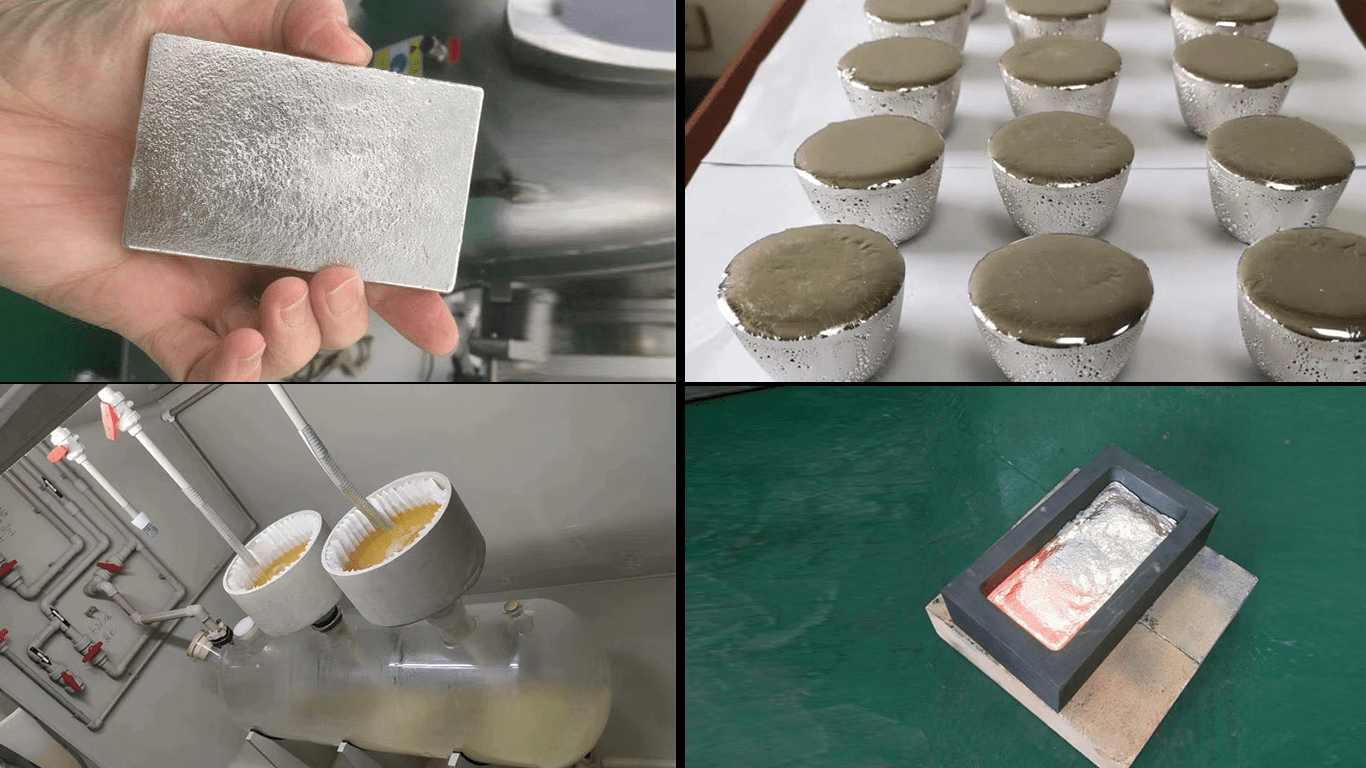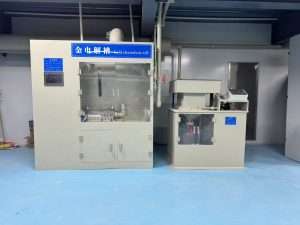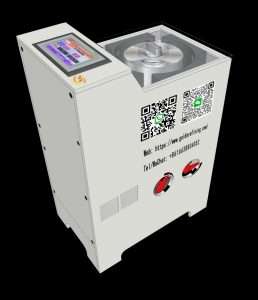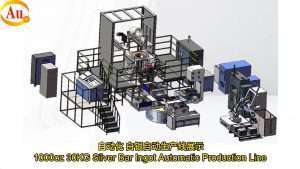Platinum oxide recycling into platinum
The transformation of platinum oxide (PtO₂) into elemental platinum relies on precisely
controlled reduction chemistry. In industrial practice, we initiate this conversion by exposing
the oxide compound to hydrogen gas within catalytic reactors. Under carefully maintained
temperatures (typically 200-300°C) and moderate pressure conditions, hydrogen molecules
dissociate on the surface of platinum-group catalysts - often the very metal being recovered - triggering
a targeted oxygen-stripping reaction.
This hydrogen reduction mechanism operates through atomic-level interactions where H₂
molecules bind with oxygen atoms in the PtO₂ lattice, forming water vapor as a byproduct while
liberating metallic platinum. The process demands exacting parameter control: excessive heat
above 350°C risks platinum sublimation losses, while temperatures below 180°C yield incomplete
reduction. Our systems maintain optimal thermal gradients through multi-zone reactor designs,
achieving >99% conversion efficiency.
Catalyst selection proves critical for reaction kinetics. By employing platinum mesh substrates
or palladium-doped surfaces, we accelerate oxygen dissociation rates by 40-60% compared to conventional
methods. The reduction process simultaneously manages hydrogen flow rates (2-5 L/min per kg
feedstock) and residence times (15-30 minutes) to prevent metal agglomeration while ensuring
complete oxide breakdown.
Post-reduction, the recovered platinum exhibits 99.95% purity suitable for direct reuse in catalytic converters or electronics manufacturing. Modern systems integrate real-time oxygen sensors and automated hydrogen regulators, enabling continuous processing of platinum oxide batches with <0.8% metal loss. This closed-loop approach not only recovers valuable platinum resources but reduces industrial waste by converting 98% of input oxides into usable metal.
Platinum oxide recycling into platinum
In the circular economy of platinum, first and foremost, the unique electrocatalytic activity of platinum group metals (PGMs) makes them a critical component in proton exchange membrane (PEM) fuel cells. Moreover, the use of nanoscale platinum catalysts fabricated through chemical vapor deposition (CVD) technology significantly enhances reaction efficiency. To address the high-temperature oxidation resistance requirements of platinum-based alloys in aerospace engine coatings, our advanced precious metal leaching technology not only achieves platinum recovery purity of 99.99% but also maintains a stable leaching efficiency of over 98.5% through a closed-loop material balance system. As a result, this provides a sustainable platinum resource solution for both the renewable energy and high-temperature industrial sectors.
Furthermore, this technological framework supports platinum recovery under various complex operating conditions. For instance, even in high-temperature, high-pressure environments or industrial waste with high impurity levels, the system consistently delivers high metal extraction rates. By integrating these capabilities, we ensure efficient and reliable platinum recycling across diverse applications.
Call us now:
